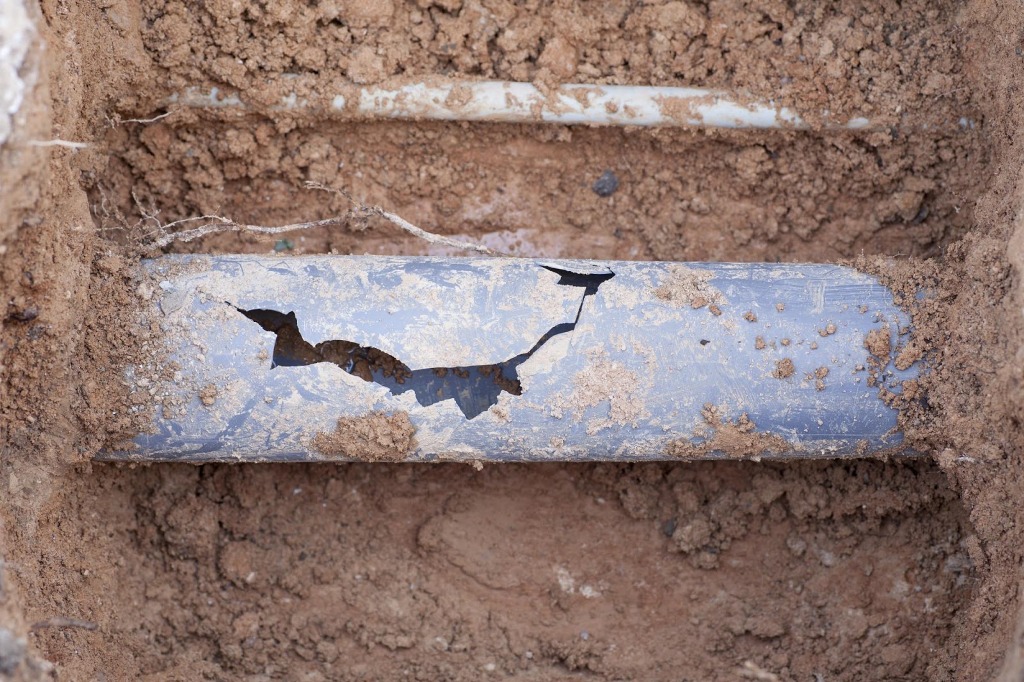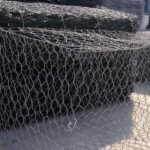Stop! Before you buy an older home, you need to consider having a sewer line inspection done. Older homes are an ideal purchase for their charm and history, but buying a house that’s 20 years old or older means a full inspection is required.
Some of the best-built homes are ones built over 20 years ago, but even the best construction eventually can’t withstand the test of time. As these homes get older, there will be things that need to be repaired or replaced. The sewer line is one of these things.
Just like electrical and plumbing issues, issues with a sewer line can be major. If you fail to have the inspection done before purchasing the home, you could be left with some costly repairs. This is why it’s critical to act now and have the inspection done before moving any further in the buying process.
To learn more about the importance of having a sewer inspection done and what causes a sewer line to have issues, continue reading below. Here’s everything you need to know!
1. Cesspools
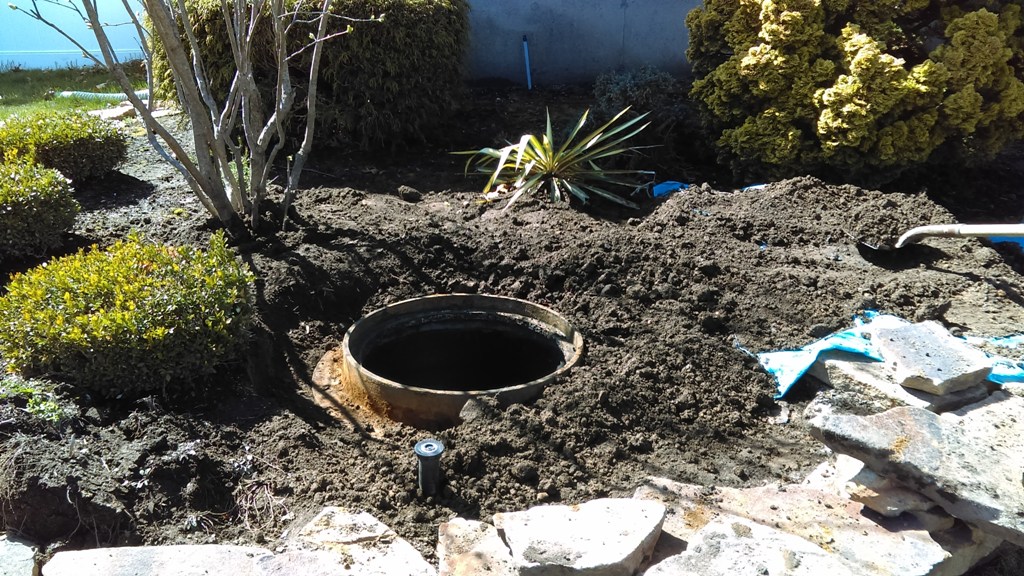
Some homes are so old that they were built before the city installed sewer lines. If the house you’re interested in is one of these houses, then you’ll need to worry about cesspools. Homes that were built during this time have the plumbing directed to a cesspool.
A cesspool is a pit underground that’s held together with concrete, brick, or cement. These underground pits hold sewer waste. Although the home you’re purchasing might have a new connection to the city’s mainline, it could also still have a line going to the cesspool.
Cesspools have a tendency to collect solids over time, which becomes a problem. If the home you’re interested in has a sewer line still connected to a cesspool, you’ll want to have the line decommissioned.
2. Tree Roots
Tree roots are one of the more common reasons for sewer line problems. Tree roots take years to grow, but once they do grow, they can cause a lot of damage to a sewer line. If you’re purchasing an old home, then any trees nearby have had years to grow roots around or even in the sewer lines.
Even if the property doesn’t have any trees on it, you still need to be concerned about any neighboring trees. Tree roots can extend far distances and your neighbor’s tree could have roots growing into your yard underground. Your sewer lines will need to be inspected to ensure that they’re clear of all tree roots.
Tree roots can either grow into small holes or cracks in the sewer lines and then begin to expand once inside, or they can grow around the sewer lines. When tree roots grow around the sewer lines, they can begin to wrap around them and crush them.
Both scenarios are critical and will need proper repair. Many older homes have sewer lines that are built from either clay or concrete. Unfortunately, both of these materials are susceptible to cracking, which makes it easy for roots to cause damage.
3. Construction Materials
As mentioned above, many older sewer lines were made from either concrete or clay materials. Both of these materials can eventually weaken and crack. However, concrete and clay sewer lines aren’t the only ones with problems.
Some older sewer lines were made using Orangeburg pipes. This type of piping become popular during the 1800s when World War II caused a shortage of cast iron. Then, this material was still used in the 1900s until the 1970s because of its inexpensive cost.
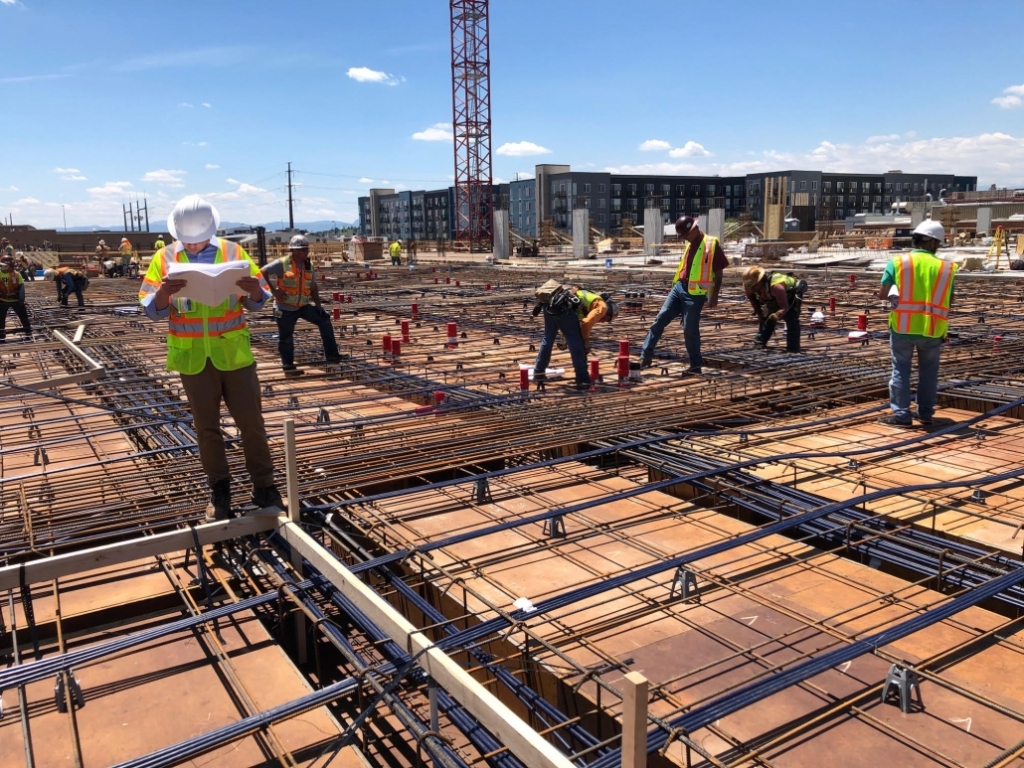
This material consists of coal tar and wood pulp. Homes with this type of sewer line will need to have the lines replaced. If a sewer camera inspection determines that the sewer lines are in fact Orangeburg pipes, then it’s best to avoid making the purchase or have the seller replace the pipes first.
4. Settling
If the sewer lines were built into trenches that were improperly compacted or supported, then the pipes will begin to sink over time. These low spots are referred to as bellies. This then causes a point in the sewer line where buildup forms.
Over time, this buildup will begin to create a blockage in the line. An inspection can easily identify a sewer line that’s bellied, but the repair is costly. The sewer line will need to be excavated and repositioned to fix the problem.
This is something that you’ll want the current owner to take care of before making the purchase.
5. Ground Shifting
Ground shifting is something that happens over time but is sometimes inevitable. Even if a sewer line’s built well and positioned correctly, ground shifting can still cause problems throughout the years. This is why it’s so important to have an inspection done before buying an older home.
Groundwater table changes, seismic events, and other things can cause ground shifting to happen. If ground shifting has effect the sewer lines, they’ll need to be dug up and repaired. An inspection will be able to tell if ground shifting has caused problems for the sewer lines.
Does Your Home Need a Sewer Line Inspection?
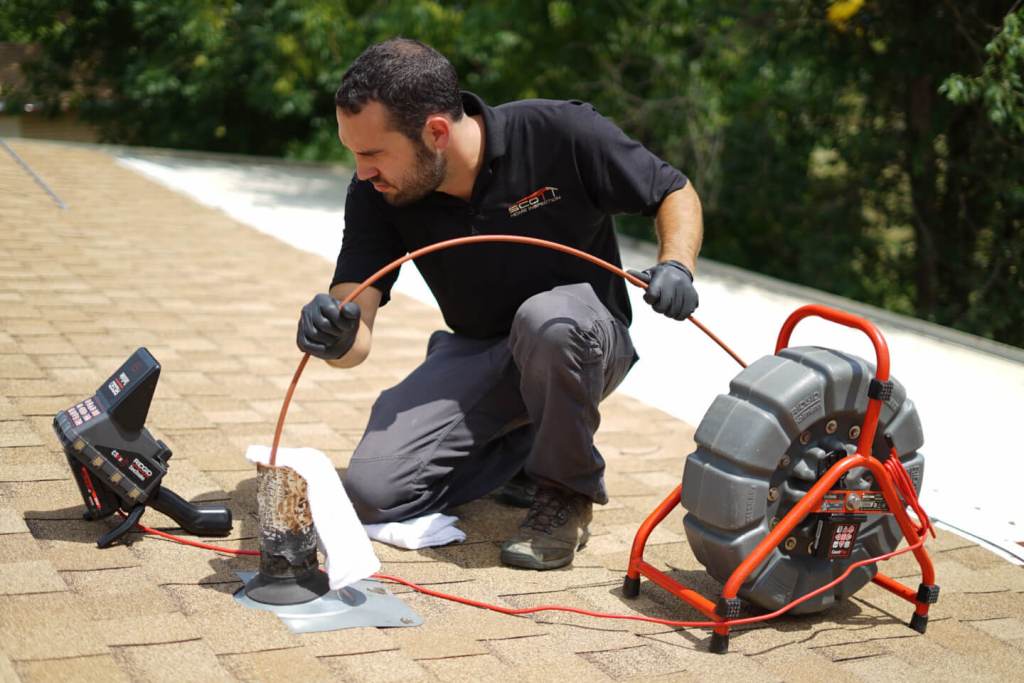
Does the home you’re interested in buying need a sewer line inspection?
After reading through this guide, you should now know what it’s so important to have sewer lines inspected before buying an old home. Sewer line inspection should be done before the purchase is complete. This is the best way to ensure the current owner takes responsibility for any necessary repairs.
For more posts similar to this one, be sure to browse through our website daily!
